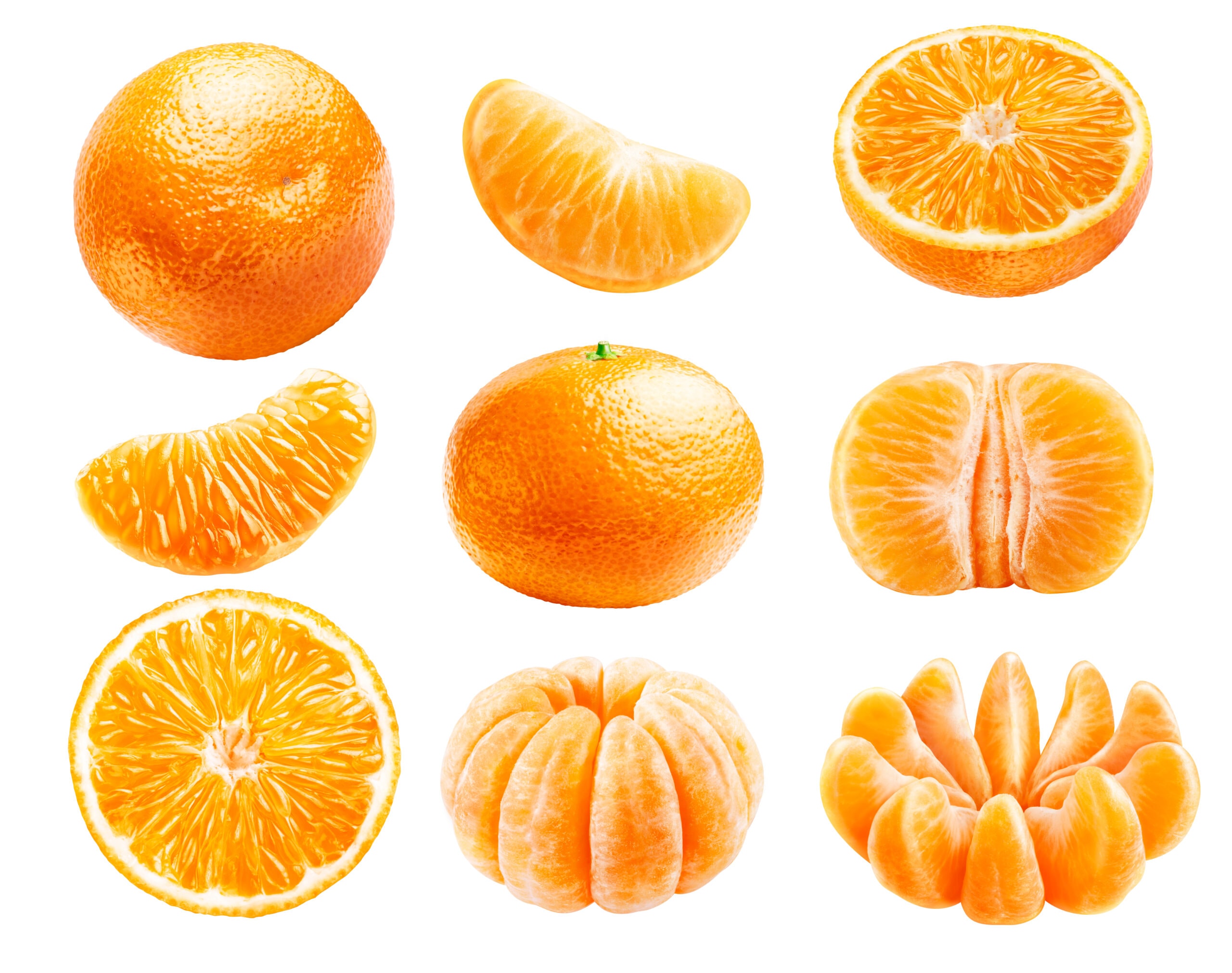If you enjoy the sweet, tart taste of citrus fruits like tangerines, you might be tempted to share the delicious goodness with your dog. Fortunately, most dogs can safely eat parts of tangerines in small quantities.
In this article, we’ll tell you why tangerines can be a safe treat for most dogs and which health considerations to keep in mind. You’ll also learn which parts of the tangerine are safe for your dog, plus the answers to some other frequently asked questions about feeding tangerines to dogs.

Tangerines: A Healthy Treat for Dogs
Tangerines, like other citrus fruits, are high in Vitamin C. They also contain fiber and potassium. While dogs can produce their own vitamin C, providing them with a little boost now and then can be beneficial. Vitamin C is considered an antioxidant in dogs and humans. Antioxidants protect the body from cellular damage and can be effective in reducing inflammation.
Dogs with chronic inflammatory conditions like arthritis or allergies may benefit from taking antioxidants or eating foods that contain these substances, such as tangerines.

Dogs That Shouldn’t Eat Tangerines
Although tangerines are a safe snack for most dogs, they should be avoided for some pets. Because tangerines are high in natural sugar, dogs that are overweight or diabetic should not eat them. Sugar equals extra calories that obese dogs don’t need and can make it harder for diabetic dogs to regulate their blood glucose.
In addition, the sugar and the high acid content of tangerines may upset some dogs’ stomachs, especially if they already have sensitive digestion. For these dogs, tangerines may cause symptoms like vomiting, diarrhea, or loss of appetite.

Frequently Asked Questions:
What Parts of a Tangerine Can Dogs Eat?
Dogs can safely eat the flesh of tangerines in small quantities. However, they should never eat the peels or seeds of the fruit. Seeds may pose a choking hazard for some dogs, especially puppies and small breeds, and can lead to intestinal obstructions. Tangerine peels are also hard to digest and contain heavy doses of citrus oils, which are even more likely to cause an upset stomach.
How Much Tangerine Can Dogs Eat?
Tangerines, like any other snack or treat you offer your dog, should make up no more than 10% of their daily calories. That means the amount of tangerine your dog can eat will vary based on their size, age, and activity level. For example, half of a tangerine segment may be enough for small dogs, while giant breeds may enjoy as many as two segments. Check with your vet to help you decide how much tangerine to feed your dog.

How Do I Feed Tangerines to My Dog?
Tangerines should be washed, peeled, and de-seeded before you feed them to your dog. Chop the segments into small pieces and feed them as a snack or food topper. Another option is to mix them with other safe fruits (more on this later) to make a smoothie or fruit salad for your dog to enjoy in small amounts. Consider freezing the blended fruit mixture into doggy pops or use it as a Kong filler.
Which Fruits Are Safe for Dogs?
In addition to tangerines, the flesh of other citrus fruits like oranges and grapefruit are safe for dogs. Most other fruits, including bananas, berries, and apples, are safe for dogs if they are peeled, cored, or pitted. Never let your dog eat fruit pits or seeds. Speak to your veterinarian to learn about other safe options.

Which Fruits Are Not Safe for Dogs?
Grapes and raisins are toxic to dogs, even in limited quantities. Never feed these fruits to your dog. Check with your vet before offering any unfamiliar fruit to make sure it’s safe and healthy for them.

Conclusion
Dogs that thrive on a nutritionally balanced diet don’t necessarily need the extra nutrition that healthy snacks like tangerines provide. However, if you want to share food with your dog, it’s nice to know they’re also getting health benefits. As we mentioned, remember to clear any new foods with your vet before introducing them to your dog. If you serve tangerines to your dog, keep the quantities small and infrequent and monitor them for any signs of digestive upset.
Featured Image Credit: JumpStory




